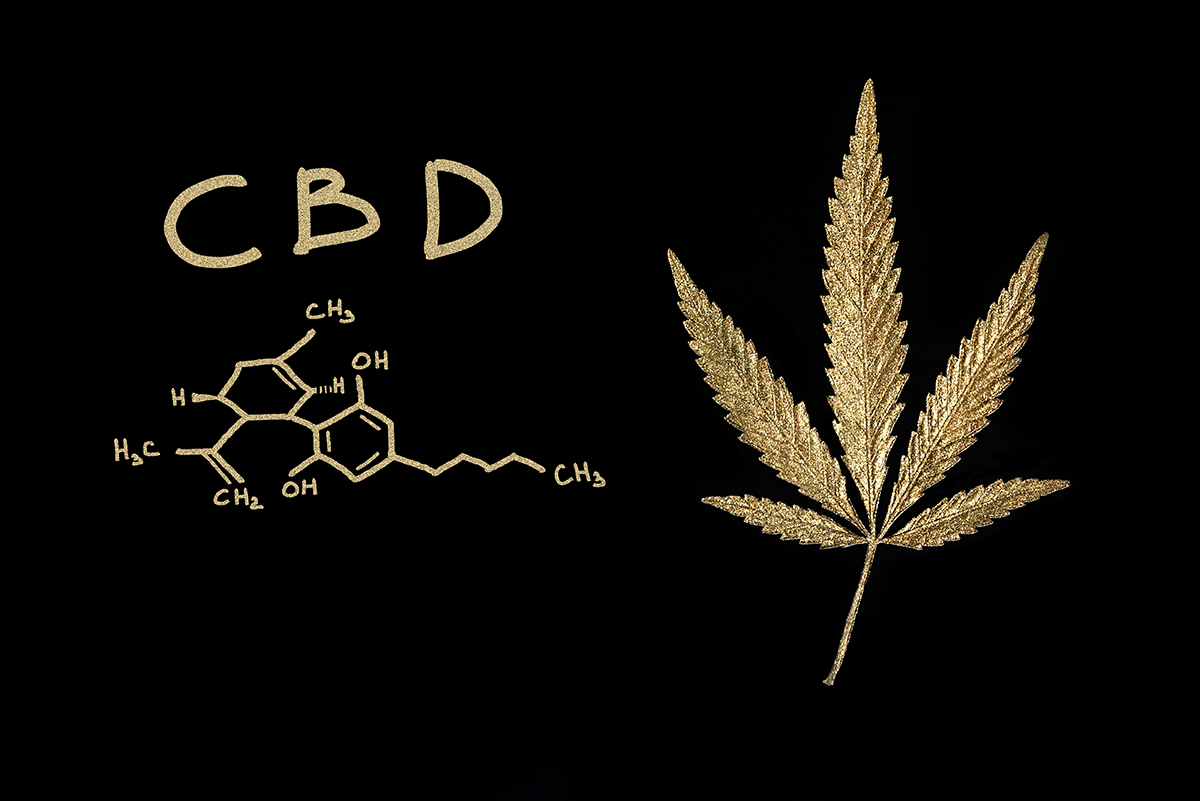According to the US National Library of Medicine, CBD, also known as cannabidiol, is a chemical compound extracted from the “Cannabis Sativa” plant. This plant is also known as marijuana or help among the audiences. CBD is used to provide a sense of peace and comfort. It is most commonly used in items such as oils and edibles.
CBD is not psychoactive compared to its counterpart, delta-9-tetrahydrocannabinol (THC), which is the main active component of marijuana. Since CBD does not get you high, people use it to feel relaxed and also use it to treat inflammation.
CBD has been credited for a wide variety of health issues. The best empirical support is its efficacy in diagnosing some of the most severe pediatric epilepsy syndromes, such as Dravet syndrome and Lennox-Gastaut syndrome (LGS), which usually do not respond to anti-seizure drugs.

Where Does CBD Come From?
By now, you must be wondering, “where does CBD come from?” Well, producers extract CBD from hemp plants.
CBD manufacturers and farmers extract this chemical compound from cannabis cultivars that yield no more than 0.3 percent of THC.
CBD is only one of over 100 known compounds in the cannabis plant, named cannabinoids. It is also the most popular cannabinoid found in the hemp plants. The remaining substances in the extract include:
- Terpenes
- Chlorophyll
- Vitamin E
- Plant nutrients
CBD manufacturers and farmers extract this chemical compound from cannabis cultivars that yield no more than 0.3 percent of THC.
CBD is only one of over 100 known compounds in the cannabis plant, named cannabinoids. It is also the most popular cannabinoid found in the hemp plants. The remaining substances in the extract include:
- Terpenes
- Chlorophyll
- Vitamin E
- Plant nutrients
CBD Extraction in the United States of America
Farmers also dual harvest the plant material. The floral content of hemp plants is later sold to pharmaceutical firms for sleep medications, neuralgic discomfort, and asthma.
Hemp in America appears much like “weed,” which is why people compare the two plants. The plants look similar as they are both varieties of cannabis, and are both cultivated for the ecosystem where CBD and THC are produced. However, because they are bred for different cannabinoids, the two types have separate functionalities.
Instead of thin stalks with tiny flowering tops as in European hemp, American grown hemp is bushy, with dense stalks that can sustain their large female flowers (or colas).
Growing hemp thus allows for increased CBD concentrations, usually between 8% and 15%, which increases profits for farmers and is processed more effectively in the extraction facilities available in the United States.
Besides, the concentration of CBD in the plant depends on the cultivars or genetics a farmer uses, as these ratios can vary considerably. Anything containing more than 0.3% THC, regardless of the CBD content, is considered illegal by the federal authorities. Therefore, these ratios are quite important in the process of cultivation and extraction.

How Is It Used for Consumption?
Even then, several reliable sources have shown that CBD can defend nerves from harm and is an effective anti-inflammatory agent.
It may also be used to treat better a wide variety of problems, including:
- Anxiety
- Paranoia
- Skin conditions
- Arthritis
- Joint Pain
- General discomfort
Edible Products
Edible CBD products are a perfect and unobtrusive way of taking CBD. You will find a range of CBD edibles like gummies, truffles, or even mints that disguise the original flavor.
However, there are several drawbacks to edibles. Several studies have shown that eating CBD products exposes you to the “first-pass effect.”
In this effect, the liver and digestive tract partially break down CBD. This means that the CBD will take up to two hours to kick in, and you will only ingest around 20-30%. This is why edible CBD products are relatively less effective as compared to other forms.
Sublingual Product
Many edibles include sugar and preservatives, so you may want to seek a sublingual product if you want to prevent additives.
These are meant for absorption under your tongue. These sublingual CBD products often contain tinctures, which are solutions made in oil or alcohol by boiling the cannabis flower and may also contain sprays, extracts, and other additives.
Instead of being exposed to the digestive tract, having the drug settle under the tongue retains some of the CBD so you can experience effects sooner.
Everyone knows about the immense popularity of CBD topical creams, lotions, and other products in the recent past.
Topical CBD Products
These products are designed to be directly applied to the skin. You can easily find:
- CBD lotions
- CBD balms
- CBD creams
- CBD salves
- Transdermal CBD Patches
Topical is a perfect option when it comes to acute discomfort or skin disorders such as eczema. A 2015 rat study showed that CBD gel added to the skin dramatically decreased joint swelling, while promising results for people with disorders such as arthritis.
Smoking and Vaping CBD Products
You can smoke high-CBD cannabis flowers using a vape pen with a cartridge containing CBD oil. You can also inhale CBD concentrates like sugar waxes with any vapor pen that has a concentrates chamber.
Vaping and smoking allow the CBD to enter your bloodstream directly, so you will feel effects much faster than other methods. You will absorb 34 to 56 percent of CBD in 10 minutes or less.
However, it would be best if you kept in mind that cannabis smoking could expose you to carcinogens. Many believe that heating cannabis to just below the point of combustion circumvents this. The jury is still out on this one.

What Do We Have to Say?
Some CBD manufacturers have been under strict government scrutiny for wildly indefensible claims, such as CBD is a cancer cure-all, etc.
Scientists need more research and empirical data to support any claims regarding the use of CBD as an alternative medicinal option. However, with an increase in CBD research and experiments, many believe CBD can be a way to manage anxiety, insomnia, and chronic pain, among other medical issues.
Several reliable sources and researchers have recently proved that CBD does offer anti-inflammatory properties and can also help with chronic pain management. If you want to use any CBD product, do so after proper consultation with your local doctor.


